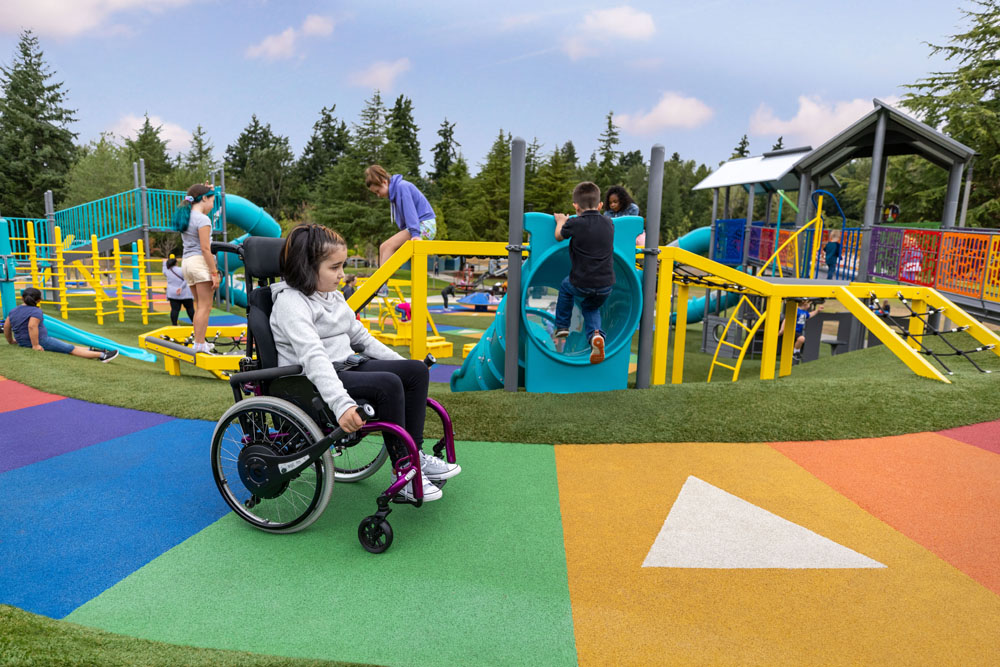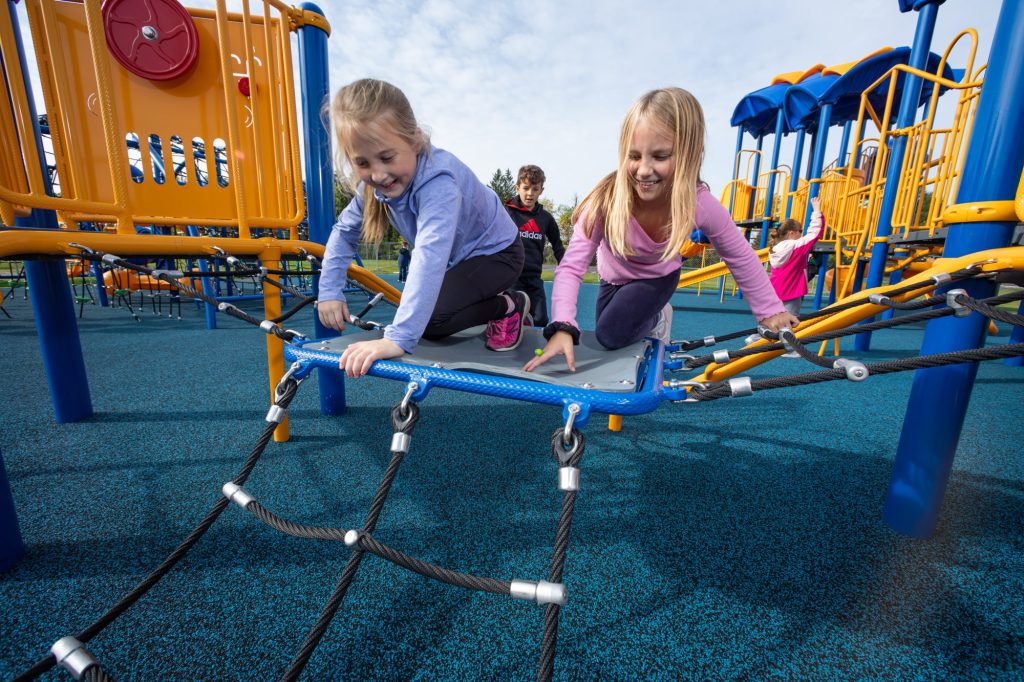Choosing the right playground equipment for schools and parks is crucial for creating a safe, engaging, and inclusive environment where children can play, learn, and grow. With various factors to consider, from safety standards to age-appropriateness, making informed decisions will ensure that the play area meets the needs of all children. Here’s a comprehensive guide to help you select the best equipment for your playground.
Understanding the Needs of Children
Age Appropriateness
Different age groups have varying physical abilities and interests. It’s essential to select equipment suitable for the age range of the children who will use the playground. Consider dividing the area into sections for toddlers, preschoolers, and older children, each with targeted activities to match their developmental stages.
- Toddlers (6 months to 2 years): Look for soft, low-to-the-ground equipment with simple activities like small slides and crawl spaces.
- Preschoolers (2 to 5 years): Include equipment that encourages balance, coordination, and imaginative play, such as climbing structures, swings, and activity panels.
- School-age children (5 to 12 years): Opt for more challenging equipment, like larger climbing walls, monkey bars, and zip lines, to develop strength and coordination.
Safety Considerations
Compliance with Safety Standards
Ensure all playground equipment complies with relevant safety standards and guidelines. In the U.S., for example, equipment should meet ASTM (American Society for Testing and Materials) and CPSC (Consumer Product Safety Commission) standards.
Quality Materials
Select equipment made from durable, weather-resistant materials. Coated metals, heavy-duty plastics, and treated wood are excellent choices, as they withstand the elements and vigorous play while maintaining safety.
Safety Features
Inspect for safety features such as rounded edges, non-slip surfaces, sturdy guardrails, and appropriate spacing between equipment to prevent entrapment. Ensure that all hardware is securely fastened and free of sharp edges.
Inclusivity and Accessibility
Inclusive Design
Choose equipment that caters to children of all abilities, including those with physical, sensory, or developmental needs. Consider ramps, transfer stations, and sensory panels in your playground design to promote inclusivity.
ADA Compliance
Ensure the playground meets ADA (Americans with Disabilities Act) guidelines for accessibility, providing barrier-free access to all equipment and surfaces. This may include pathways with proper surfacing for wheelchairs and accessible play structures.
Engaging and Stimulating Play
Variety of Activities
Incorporate a variety of equipment that promotes different types of play, such as:
- Physical Play: Equipment like slides, swings, and climbing walls that build physical skills.
- Cognitive Play: Activity panels, puzzles, and interactive games that stimulate thinking and problem-solving.
- Social Play: Structures that encourage group interaction, such as playhouses and cooperative games.
Thematic Designs
Consider thematic playground designs that spark imagination and storytelling. Themes like pirate ships, castles, or space stations can enchant children and inspire creative play scenarios.
Budget and Maintenance
Budget Planning
Determine your budget early in the planning process. Work with suppliers to explore options that meet both your financial constraints and desired features. Many companies offer customizable packages and financing solutions.
Long-Term Costs
Consider the long-term maintenance costs of the equipment. Opt for low-maintenance materials and designs to reduce ongoing expenses. Regular inspections and repairs will prolong the life of the playground and ensure safety.
Community Involvement
Consultation with Stakeholders
Involve community stakeholders, such as parents, teachers, and local residents, in the planning process. Their input can provide valuable insights into the needs and preferences of the community.
Engage with Kids
Whenever possible, involve children in the decision-making process. Their feedback on what equipment and themes they find exciting can help create a playground that truly meets their desires.
Partnering with Reliable Suppliers
Reputation and Experience
Choose suppliers with a solid reputation for quality and customer service. Check reviews, request references, and visit completed projects if possible. Experienced suppliers can guide you through design, installation, and maintenance processes.
Warranties and Support
Ensure the supplier offers comprehensive warranties and after-sale support. This covers repairs and replacements if needed, providing peace of mind for playground managers.
Conclusion
Selecting the right Children’s Playground Equipment is a critical decision that impacts the play experience, safety, and inclusivity of the area. By considering factors such as age appropriateness, safety, inclusivity, and community involvement, you can create a vibrant and welcoming playground. Partner with reliable suppliers and prioritize quality and compliance to build a lasting play space that nurtures joy, growth, and imagination for all children. Prioritize thoughtful planning and collaboration to ensure your playground becomes a cherished community resource.






Leave a Reply